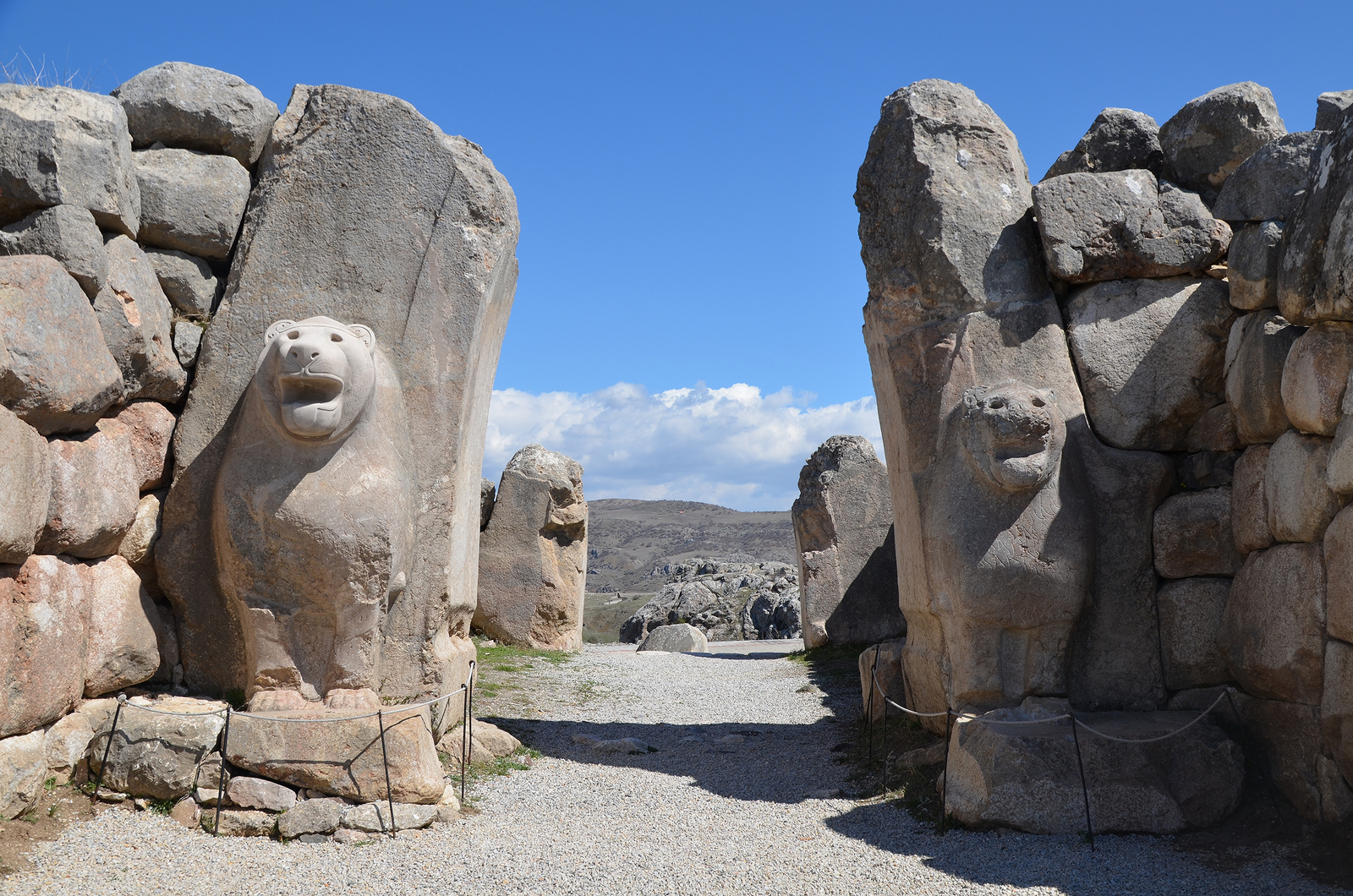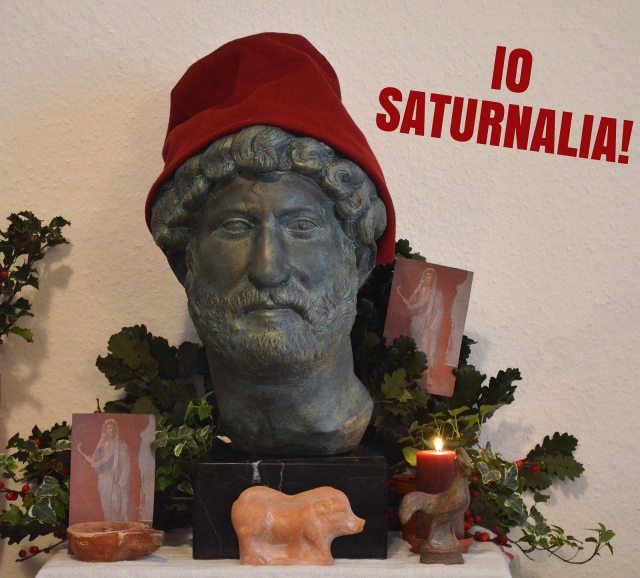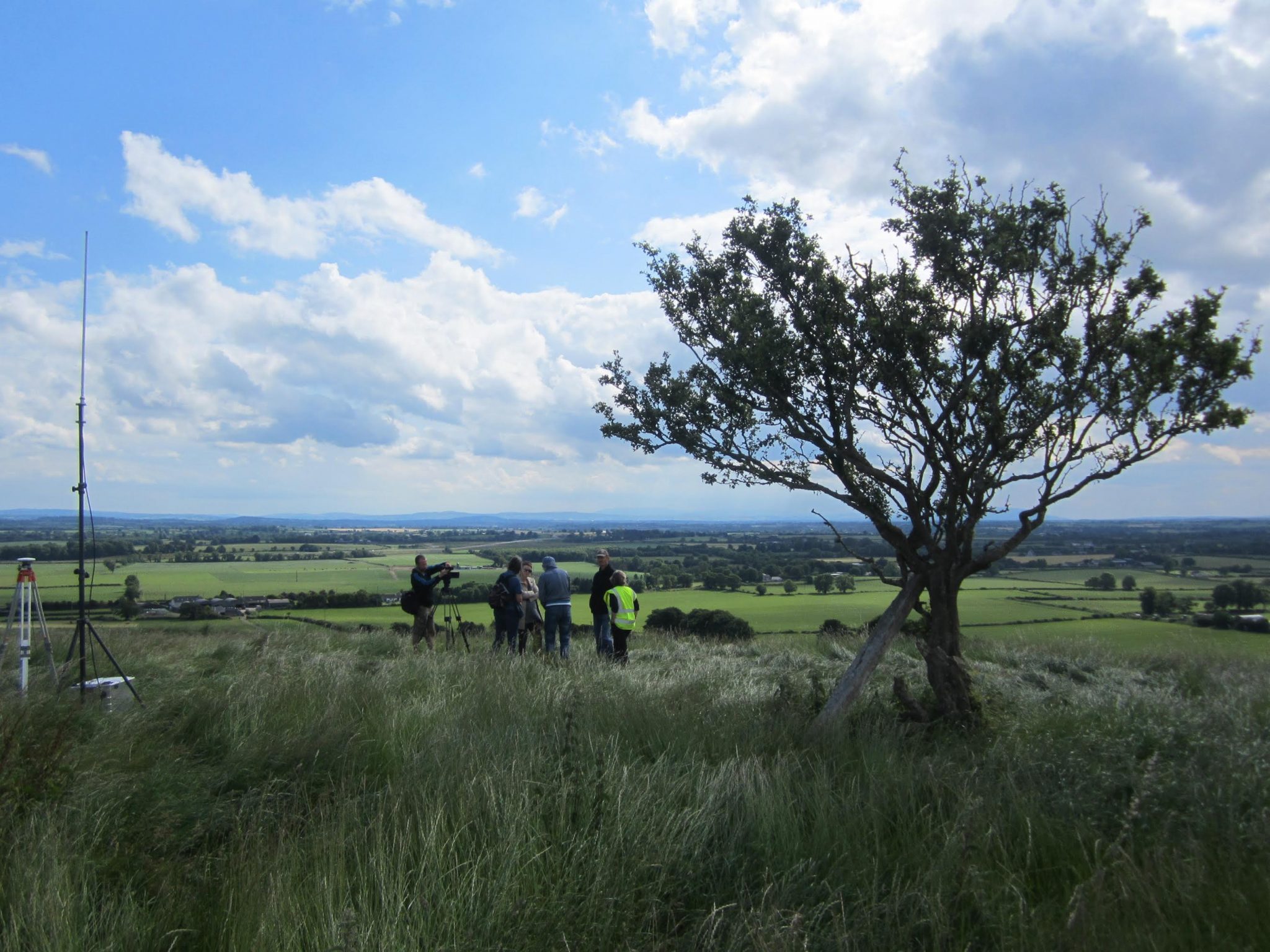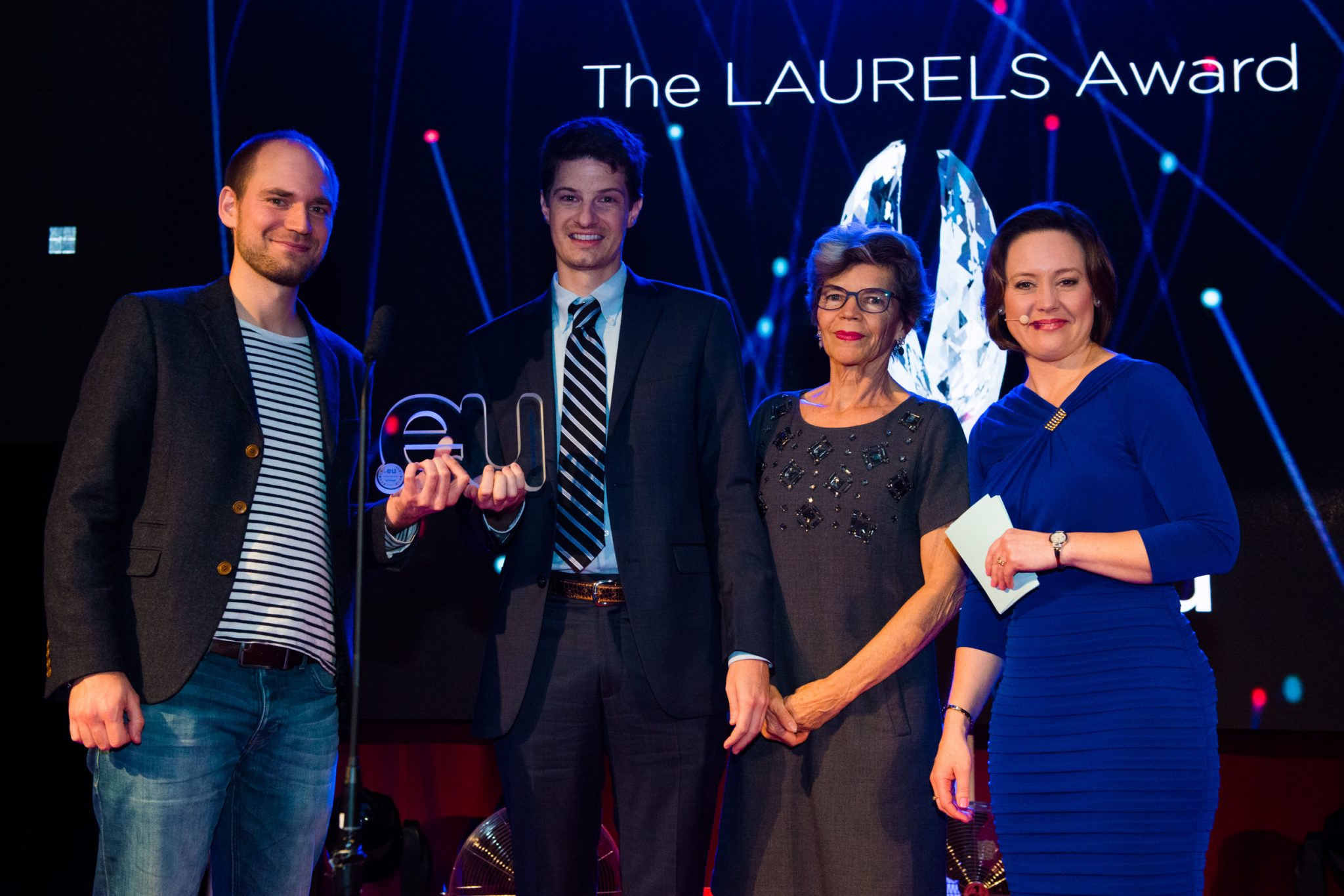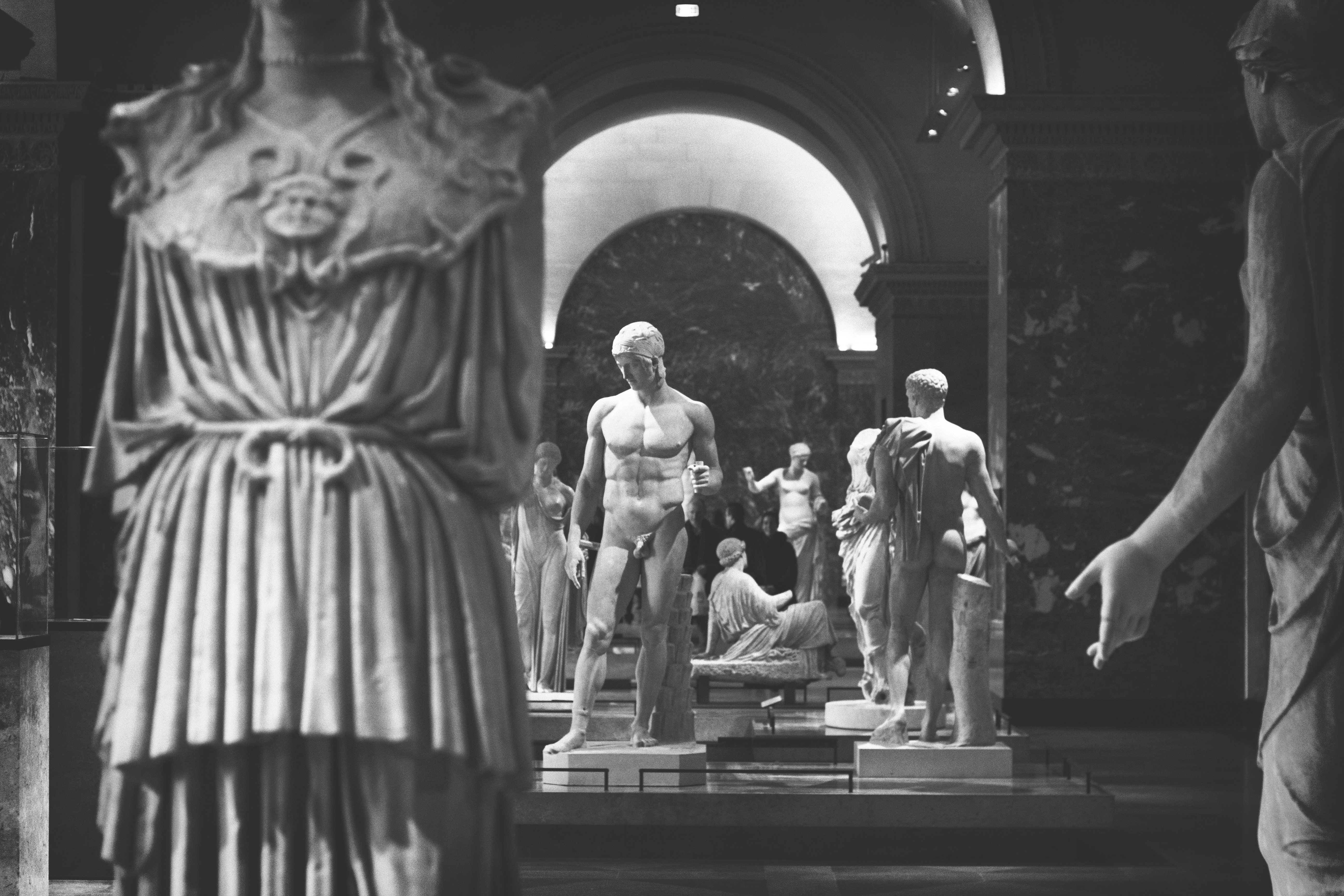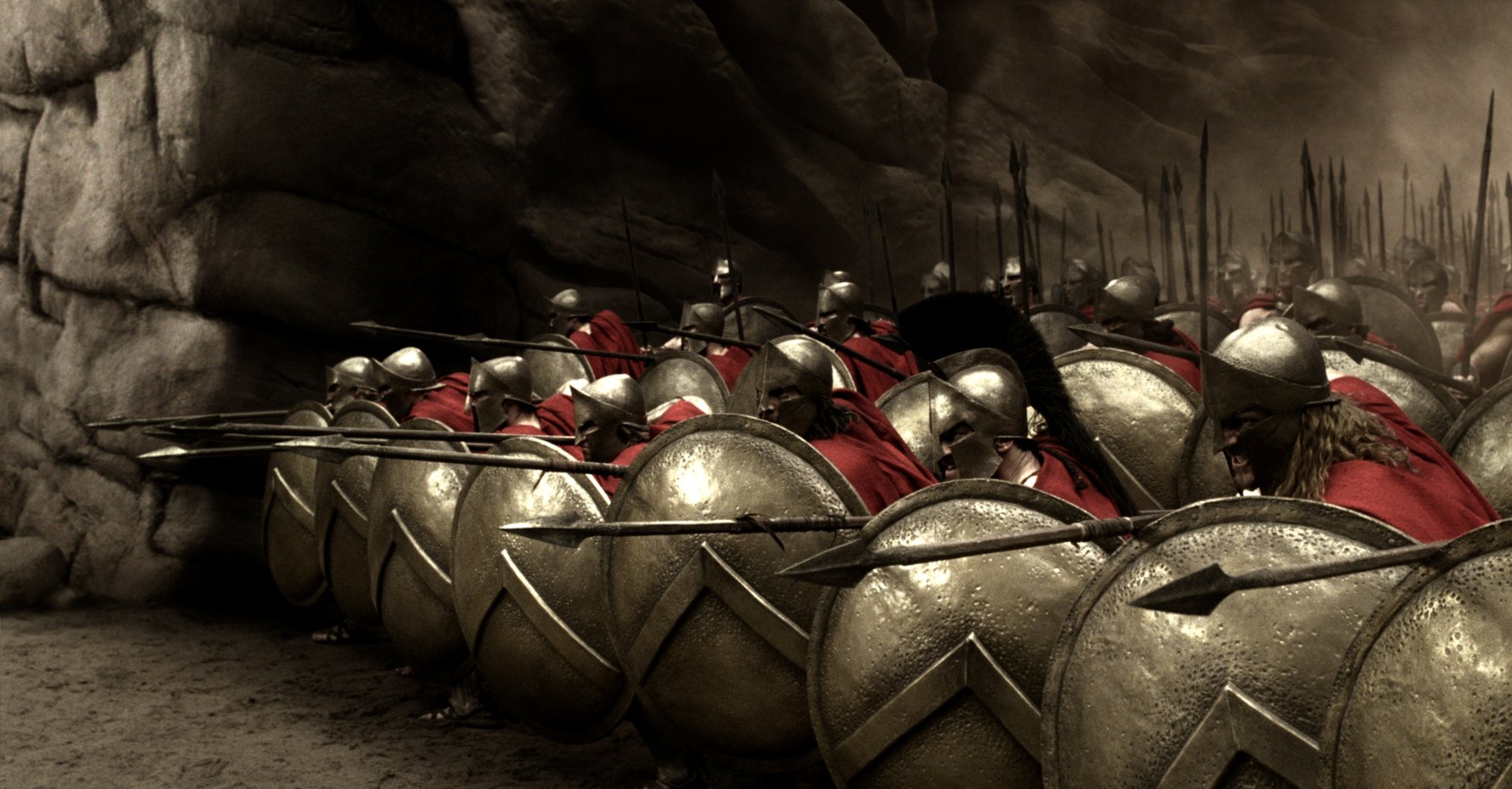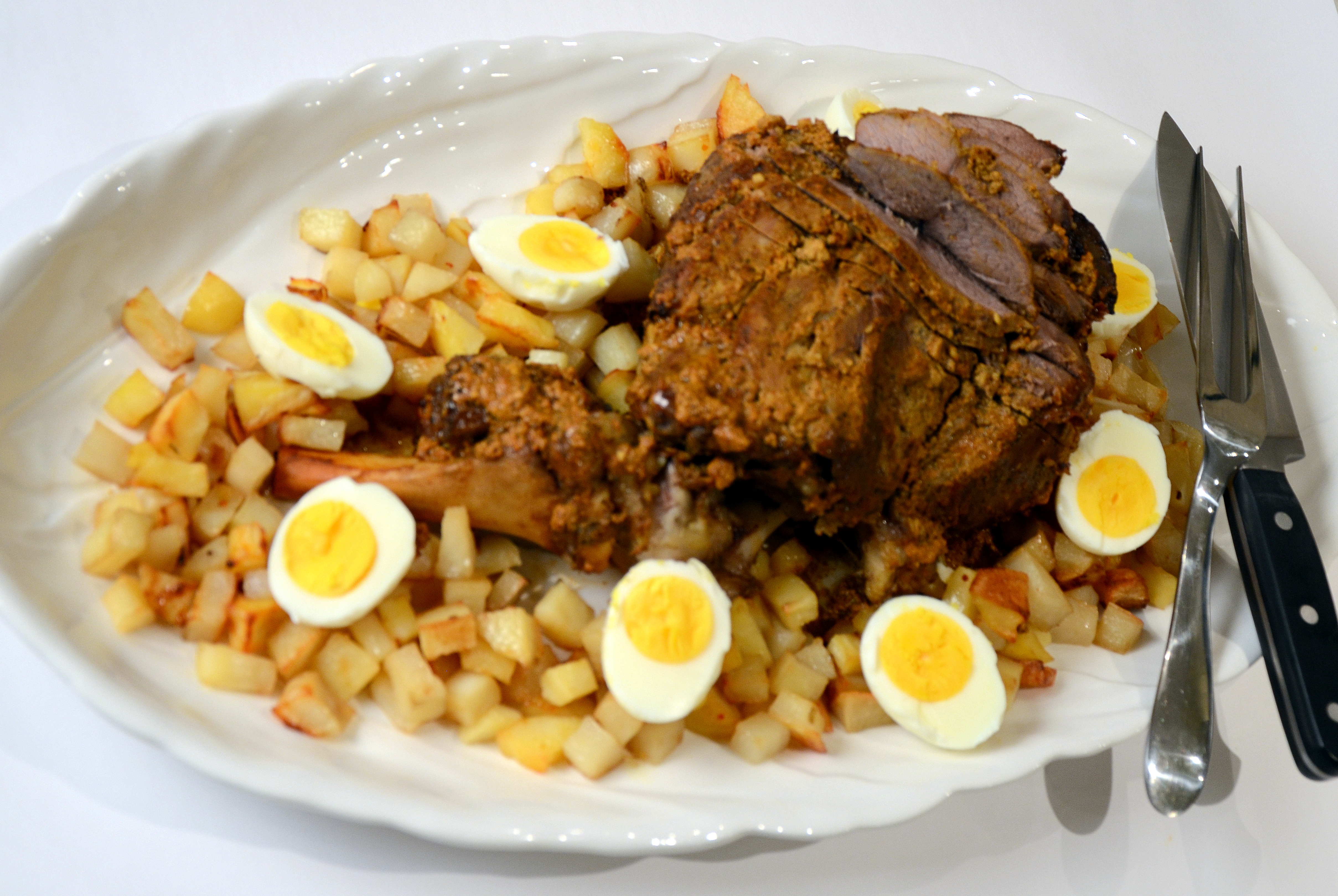The flavors and aromas of ancient Persia and India converge in Parsi cuisine. In this exclusive interview, Niloufer Mavalvala, author of The Art of Parsi Cooking: Reviving an Ancient Cuisine, introduces us to the culture and the tastes of the Parsis. JW: Niloufer, thanks for speaking with me about your new title. For our readers who do not know anything about the Parsis, could you share a bit of little history and explain the importance of their journey from what is present-day Iran to India and Pakistan? NM: Prophet Zarathushtra Spitama lived in ancient Persia over 2,000 years ago, and the main keystones of his religion are “good thoughts, good words, good deeds.” After the Arabs invaded Iran in the seventh century CE, many Zoroastrians fled religious persecution and sought refuge in India. The Indians referred to the newcomers as “Parsis” or “people from Pars,” implying that they were “Persian.” As part of the asylum agreement, the “Parsis” agreed to adopt the local language, dress and customs, thereby developing a unique cuisine that blended their traditional dishes with …
